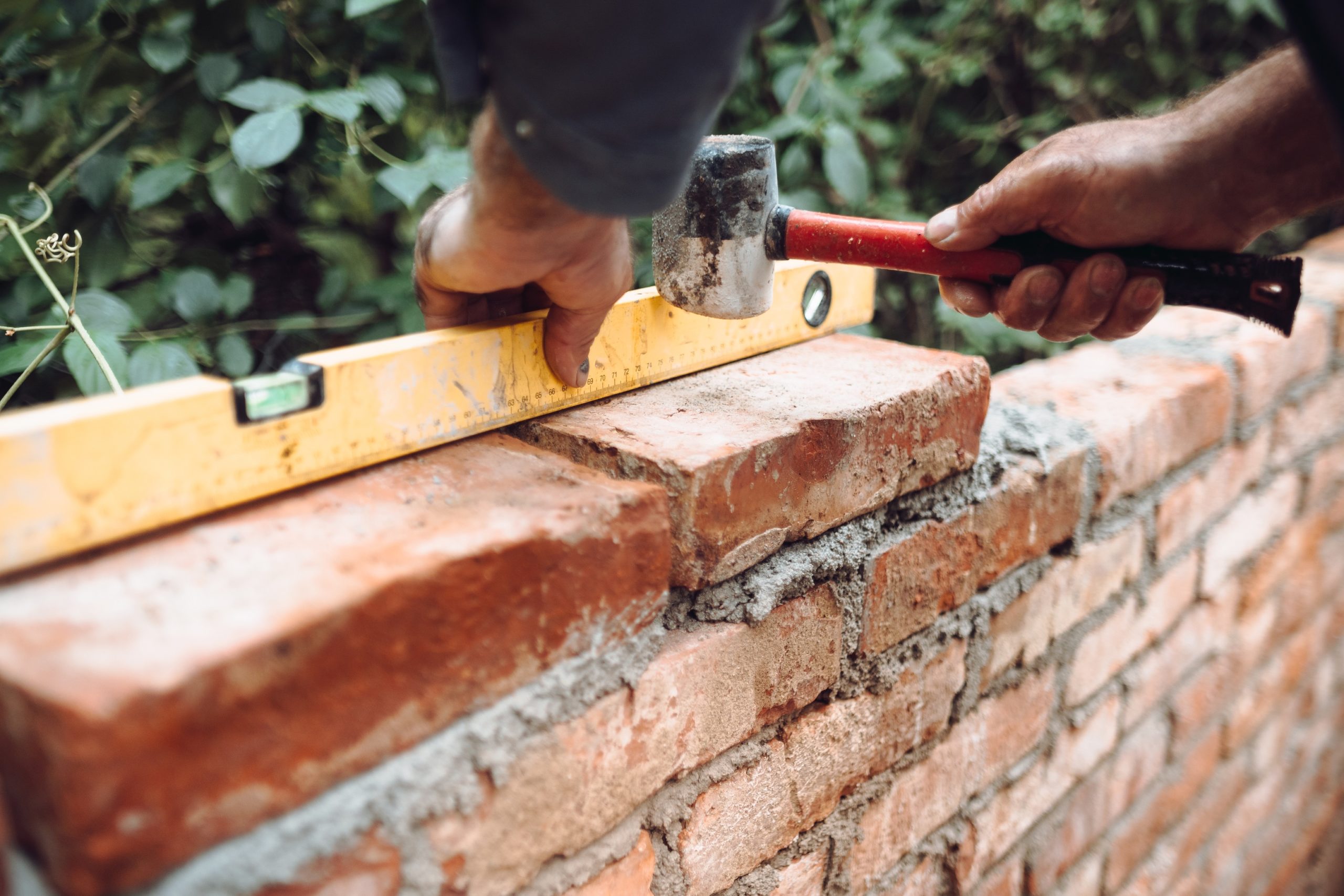While staying indoors during a pandemic keeps you safe, what about the air pollution in your house? Indoor air pollution can be ten times worse than outdoor pollution, which means maintaining air quality during social distancing is very important.
(Source: BASF Catalysts)
The reasons for indoor air pollution can be:
- Air fresheners
- Cleaning agents
- Ill maintained air conditioning systems
- Incense sticks
- Insect-repellents
- LPG-based cooking
- Overcrowding
- Paint and varnish
- Personal care products
- Poor ventilation
- Several common household products
Poor air quality can lead to health conditions such as pneumonia, bronchitis, chronic obstructive pulmonary disorder (COPD), and lung cancer. It can also worsen existing conditions like asthma, wheezing, and allergies.
Luckily, there are seven easy ways to prevent indoor air pollution and improve the indoor air quality in your home.
#1: Ventilate
The first step to ensuring that indoor air does not become stale is enabling movement. Ventilation using exhaust fans, open windows, and construction techniques improves air quality. Meanwhile, it also maintains indoor temperatures and makes your home cooler in tropical climates. This is where bricks like Porotherm clay bricks play a role. These hollow bricks allow for easy air movement that maintains the home’s thermal integrity while offering further air circulation.
Ventilating the significant rooms, i.e., the living room, bedrooms, and bathrooms, is essential.
#2: Purify
If you live in an urban center, you may not be able to ventilate efficiently to reduce pollution. Instead, opening windows may bring in more pollution. In this case, investing in a good air purifier ensures that your indoor pollution levels are manageable. You may also choose plants that naturally detoxify the air. Alternatively, beeswax candles absorb positively charged particles, such as dust, pollen, etc. therefore leaving your air clean and pure.
#3: Clean Filters Regularly
(Source: Air Clean Filters)
This includes your air purifier. When your filters and ducts fill with dust, ventilation pushes them around the house, contributing to your home’s indoor pollution. Most homes have air conditioners or other temperature-regulating systems with filters. Although these are good at drying out the air and improving its quality, they also collect and retain dust. Therefore, dismantling the system, removing and cleaning the filter is essential for the best air quality at home.
#4: Use Purifying Plants
Air purifiers do not have to be in the form of machines. As we mentioned earlier, plants are also excellent at detoxifying the environment. They are also completely natural ways to achieve a toxin-free home. Some plants which greatly help in this regard are:
- Bamboo Palm
- English Ivy
- Gerbera Daisy
- Janet Craig Dracaena
- Mass cane/Corn Plant
- Red Edged Dracaena
- Warneckii Dracaena
Apart from their purification properties, plants also act as decor, making your indoor atmosphere cleaner and more aesthetically pleasing simultaneously!
#5: Thorough Cleaning
Preventing mold by maintaining humidity levels and regularly cleaning out carpets and other items that trap dust and pollution maintain a cleaner environment. Your kitchen and bathrooms, especially, require regular deep cleaning since they are most likely to develop mold and other such growths. Carpets should also be regularly vacuumed, so the dust does not settle. Maintaining a strict cleaning regimen ensures that your air is not compromised, and you do not fall ill.
#6: Steer Clear of Toxins
Whether in your cleaning products or your furniture, toxins are a hard pass. Examine ingredients and check what kind of glue is holding your furniture together. This gives you an idea of the toxins diffusing into the air. Additionally, heating equipment like unvented kerosene heaters, wood stoves, gas water heaters, and central heating systems are primary carbon monoxide sources. Ensure that your equipment is well maintained and know precisely what you are using in your house.
#7: Be Eco-Friendly Everywhere Possible
(Source: Crismatec.com)
While you may not be able to live a zero-waste lifestyle, using natural building materials, eco-friendly furniture, plants, and activated charcoal instead of chemical purifiers, and all-natural house paint are baby steps towards running a more environmentally-conscious home. Implementing all-natural alternatives prevents your home from filling with the otherwise harmful toxins, ensuring that your air quality remains stellar.
Conclusion
Maintaining your indoor air quality keeps illnesses at bay. This is important during a global pandemic since any compromise to your immune system could make you susceptible to COVID-19. Reducing the use of machines that control air can also improve air quality. Here, the construction matters, which is why investing in Porotherm clay bricks, will give you eco-friendly results of better thermal control and air quality. Porotherm Bricks are pollutant-free, and a Green building material certified by international environment authorities GRIHA & IGBC








